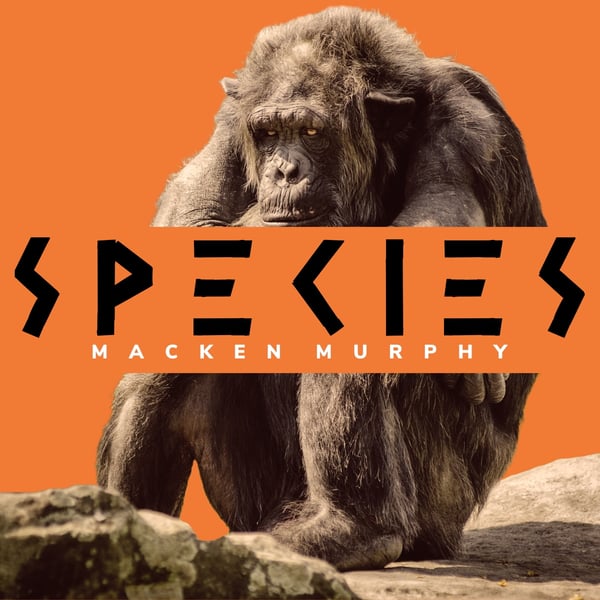Giant Centipede
Species
Macken Murphy
4.8 • 606 Ratings
🗓️ 27 December 2021
⏱️ 17 minutes
🧾️ Download transcript
Summary
Come learn about the biggest centipede on earth, discover their insane hunting habits, and hear two big pieces of news from the millipede world on this episode of Species.
Bibliography: https://docs.google.com/document/d/12oT7p-aCayqmddyGQ4ZS-bRFpOlcuJSylk063_LJOZA/edit?usp=sharing
Transcript
Click on a timestamp to play from that location
| 0:00.0 | Where did all the giant bugs go? You've probably seen paleoartists' depictions of dragonflies the size of kites, |
| 0:07.3 | ants the size of rats, millipedes, the length of Christmas trees, and so on and so forth, |
| 0:11.9 | and then you look around at the tiny creatures in the room with you, and you wonder, |
| 0:15.5 | what happened to the big bucks? |
| 0:18.2 | Bugs isn't the most technical term. It refers to insects, arregnids, and myriopods, |
| 0:23.0 | the last term meaning the highly segmented creatures we call millipedes and centipedes, |
| 0:28.1 | we'll talk more about today. Now, while there was a time when bugs could get absolutely huge, |
| 0:34.5 | as of late, nature seems to have disposed of the larger weight divisions for these animals. |
| 0:40.2 | Why? Well, there are a few ideas floating around this space, but I'll tell you the one I like. |
| 0:45.2 | I'm reading it from the insect physiologist John Harrison, although I think the idea predates him, |
| 0:50.2 | and it has to do with oxygen. Basically, bugs breathe passively through a bunch of tiny tubes |
| 0:56.6 | all over their body, rather than actively through lungs. Now, we know from observing animals in nature |
| 1:02.8 | that bigger bugs generally need more of these tiny tubes proportionately, implying that something |
| 1:09.3 | about them makes each tube increasingly inefficient at scale. |
| 1:14.0 | Now, a body needs space for more than just breathing tubes, and the theory goes that big bugs |
| 1:20.3 | are disadvantaged, selectively, by the need to make space for so many breathing apparatuses. |
| 1:31.0 | We also know that in the time period when bugs were biggest, Earth's atmosphere was about 35% oxygen, rather than the 21% we live with today. |
| 1:38.6 | And that's a massive difference. So it's certainly plausible that the reason bugs were once bigger than they are now is because |
| 1:46.4 | the higher oxygen content could support larger tube-breathing creatures. |
| 1:52.8 | Today, in our comparatively low-oxygen environment, animals without lungs generally struggle to |
| 1:59.2 | pack on size. |
| 2:06.0 | Every big bug today is only really big for a bug. |
... |
Please login to see the full transcript.
Disclaimer: The podcast and artwork embedded on this page are from Macken Murphy, and are the property of its owner and not affiliated with or endorsed by Tapesearch.
Generated transcripts are the property of Macken Murphy and are distributed freely under the Fair Use doctrine. Transcripts generated by Tapesearch are not guaranteed to be accurate.
Copyright © Tapesearch 2025.

